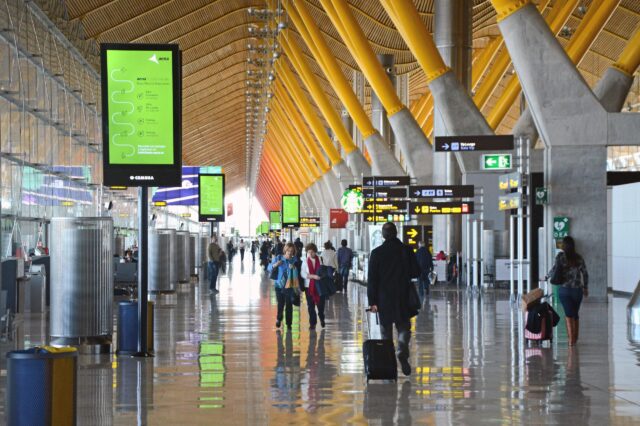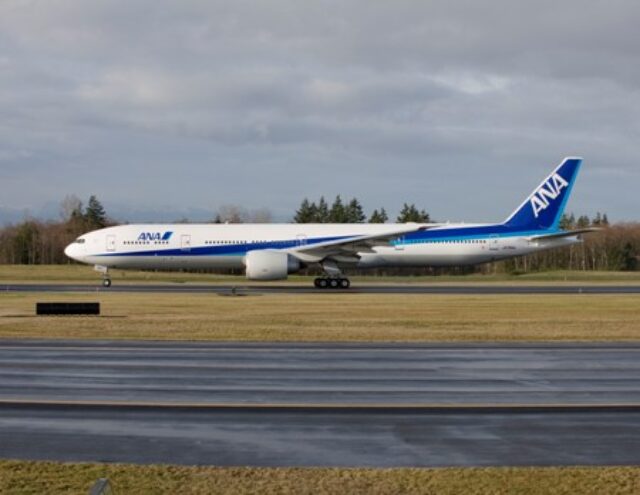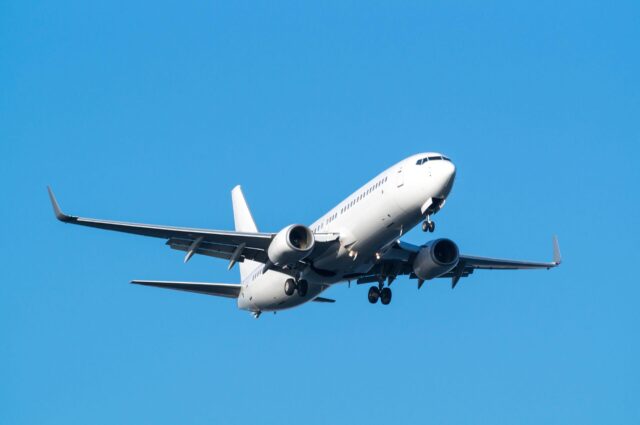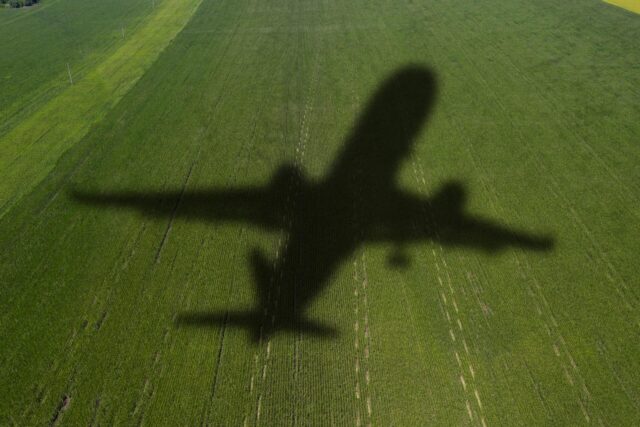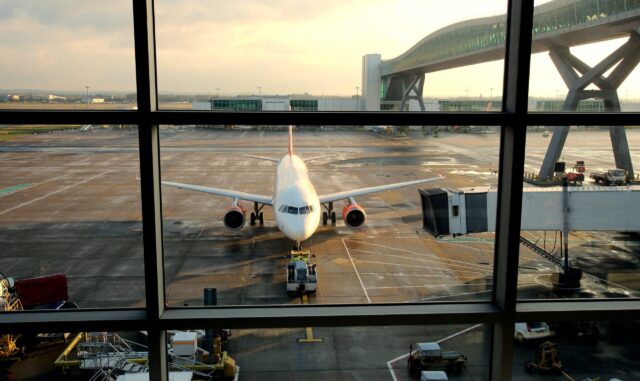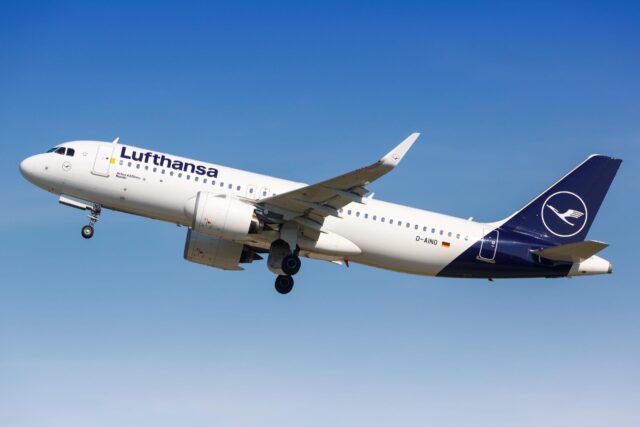$12.5bn ‘down payment’ won’t be enough to fix America’s outdated air traffic control network

July 19, 2025

A series of alarming incidents this spring have laid bare just how fragile the United States’ air traffic control (ATC) system has become, fueling renewed urgency to modernise a vital national asset.
Outages in Newark and Philadelphia reflect US air traffic control crisis
In late April, Philadelphia TRACON air traffic controllers managing flights into Newark suddenly lost radar and voice communication for roughly 60 seconds. The result? Airlines slashed operations by about 25%. Controllers, deeply affected by the near-miss, reportedly took trauma leave.

Barely two weeks later, a repeat incident struck the same Philadelphia facility at 3.55 am ET, knocking out radar and radio for approximately 90 seconds. Around a third of Newark’s flights were delayed, and over 10% cancelled before relief arrived.
The FAA noted “ageing copper infrastructure” across 4,600 telecom sites, as contributing to the problem. Chronic staffing shortages, estimated at some 3,000 controllers short, exacerbated the fallout.
A fatal warning on US air traffic control: The Washington mid-air collision
The warning signs turned deadly in January, when a U.S. Army Black Hawk collided with an American regional jet near Washington, D.C., killing all 67 people aboard.
Initial investigations pointed to overlapping radio frequencies, understaffed towers, and dangerously tight flight paths, factors that also delayed cockpit collision alerts until seconds before impact.
A national air traffic control network built to whither
These events underline a grim reality: the US ATC infrastructure is a patchwork of mid-20th-century radars, analogue radios, copper wiring, and countless paper flight strips, all flagged as “unsustainable” or at risk in a Government Accountability Office (GAO) report.

Of 138 FAA-managed systems, 51 are officially unsustainable, with another 54 under threat. Worryingly, 17 systems deemed critical won’t be replaced for at least six to ten years, while some have no modernisation plan whatsoever.
A partial solution: $12.5 billion down payment
In response, Congress has authorised $12.5 billion through H.R. 1 to kickstart modernisation, described by Transportation Secretary Sean Duffy as merely a “down payment.”

Plans include:
- Six new control centres
- Replacing copper networks with fibre optics, wireless, and satellite links
- Replacing outdated radars and telecoms
- Consolidating TRACONs and building a new Air Route Traffic Control Centre (ARTCC) in place of three ageing facilities
- A major push to recruit and retain a depleted controller workforce

Yet Duffy cautions: “This is not enough money… we’re going to need more,” a sentiment echoed by Senator Susan Collins, who emphasised the need to authorise the full cost from the outset.
Private industry mobilises to modernise US air traffic control
A host of private firms are now stepping in to provide the technology required for U.S. ATC modernisation.
- L3Harris and Verizon are installing fibre-optic telecoms; SpaceX’s Starlink is under evaluation.
- Leidos, IBM, Raytheon, Palantir, RTX, Northrop Grumman, and Honeywell are involved in radar replacement, automation, and safety upgrades.
- Firms like ITT Inc. and EES are rolling out ADS-B surveillance, cockpit aids, runway monitoring, and digital messaging — essential upgrades to combat outdated systems.
Oversight is imperative to modernising U.S. air traffic control
The GAO continues to highlight nine unresolved recommendations, including the need for more robust project oversight, effective risk management, and accurate budget baselining. Without this, even billions in new funding may not fully resolve systemic issues.

Three main factors drive the urgency of U.S. ATC modernisation:
- Intolerable risk: Daily air traffic stands at over 45,000 flights, yet relies on antiquated systems from decades ago.
- Emerging airspace users: Drones, autonomous craft, and commercial spaceflight demand higher resilience than what the current infrastructure offers.
- Human cost: Near misses, delayed responses, and the Washington tragedy underline the direct link between infrastructure and lives.
The GAO recently also underscored significant delays in the FAA’s planning and execution. Of 11 major modernisation projects, baselines for cost, schedule, and performance took over four years to establish, some exceeding six years, before deployment could even begin.
Many of these critical programmes now won’t complete rollout until the early 2030s, and in some cases, even later, leaving the system exposed well into the next decade.
New “request for solutions” accelerates procurement
In early July 2025, the FAA issued a Request for Solutions (RFS), seeking industry proposals for an entirely new ATC system, accelerating delivery to a three-to-four-year timeframe.
Proposals were due by July 25, with the FAA aiming to award a systems integrator contract by September 30, 2025.
This compact schedule marks an exponential acceleration beyond the slow, fragmented NextGen implementation.
NOTAM & weather disruptions prompt a system refresh
Following a major Notices to Airmen (NOTAMs) outage in January 2023, the FAA awarded a contract to CGI Federal under an accelerated schedule, aiming for full operational deployment by September 2025.
It demonstrates how failure in even shared services can cascade across the NAS, further cementing the need for systemic modernisation.
The GAO has issued nine outstanding recommendations, covering risk mitigation, performance metrics, and budget transparency.
To date, definitive plans to implement them, like a comprehensive risk strategy for NextGen, have yet to emerge, casting doubt on whether current funding and efforts can yield sustainable progress.
In need of critical updates and funding, the clock is ticking on US air traffic control
In the words of the Aircraft Owners and Pilots Association President, Darren Pleasance:
“This investment takes a significant first step toward replacing our antiquated air traffic control system… There is much more to do.”
A once-in-a-generation consensus is building as Congress, the FAA, industry, and regulators all agree on the need. But the question remains: can momentum be sustained? Without continued funding, transparent oversight, and political resolve, the US risks flying blind above increasingly crowded skies.




